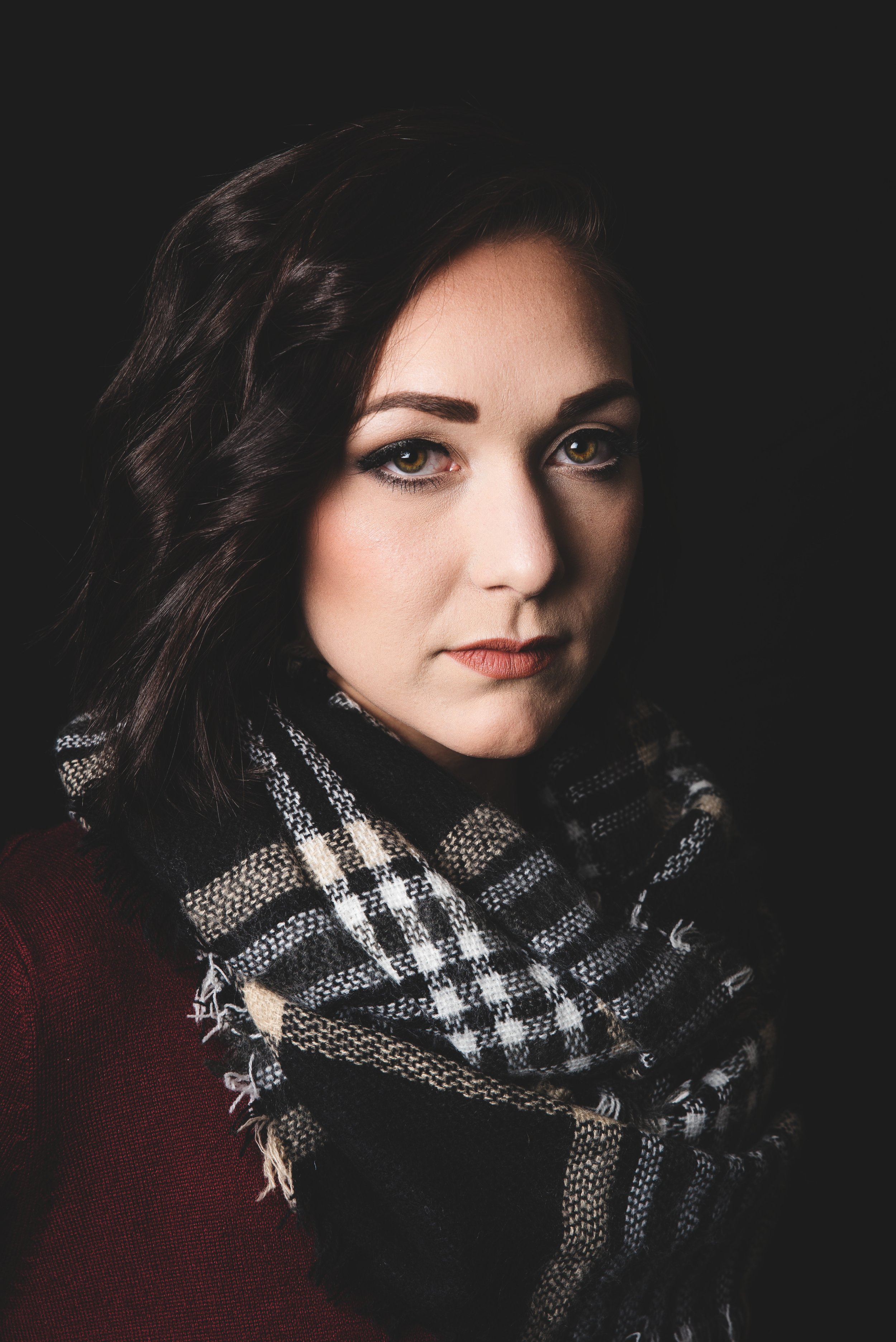The Best Websites to Learn About Photography: 2018 Update
Here are some hand-picked suggestions for online photography resources.
A Photographer’s Best Friend: The Scrim
t’s a nice sunny day and you want to get some portraits with your friends, but you just end up with harsh shadows across everyone’s face with squinting eyes from the glaring sun. What’s a photographer to do? Get a scrim!
How to Get That Trendy Flat Photo Look On Your Phone
Curious how to get that trendy flat look on your photo but don't have Photoshop? You can do it on your phone!
Being a Responsible Wildlife Photographer
I live near Presque Isle State Park. Presque Isle is a wonderful natural treasure with incredible beaches, trails and access to wildlife.
2017 Portrait Series - When Location Plans Change
Last week I went out for a shoot with Cara. We had a plan ready to go: a brightly lit dance studio, awesome dance outfits, and some acrylic paint.
Top 5 Beginner Mistakes
Disclaimer: Yes, I have done all of these, any examples are photos I took while learning myself. (most were taken while I was in high-school).
All photographers do this at some point, you have to start somewhere. Take an easy road right now though and check out these common beginner mistakes that I have learned to avoid.
Exposure: Buckets, Hoses, and Triangles
The most basic technical aspect of photography is exposure.
Exposure is basically how much light reaches your camera's sensor (or film) in a single photo.
There are a number of things that can affect exposure and it may seem a bit complicated, but it's not. I have created an effective analogy below that will help you learn how exposure works.
Photo Techniques: Subject/Background Separation
Have you ever wondered how photographers get those creamy smooth backgrounds like the photo above?
There are several factors that create the smooth blurred background (commonly referred to as 'bokeh') including focal length, distance, and aperture the distance between the subject and its background.
To help explain how to do this yourself, let's take a look at each of those.
Editing 101: Picking Programs
Photography doesn't end once you click the shutter.
Practically any photo you see on the web, in a magazine, or in advertisements has been edited. Its not that you need editing programs to make great images, but software like Adobe Lightroom or GIMP allow you to fine tune your photos to be the best that they can.
There are a lot of choices for photo editing and management, from free to "wow really?!"
So how do you go about finding which program is for you? First, consider what you need.
Composition 101: Rule of Thirds
There is no formula for the perfect photo.
There are, however, guidelines to help you train your eye and improve your photos.
The idea of the rule of thirds has been around since the late 18th century, it started in painting with artists describing effective use of light and dark paints.
Extending from this, the rule of thirds is about balance in a photo. To explain this in more detail, first we need to talk about negative space and how it affects your photos.










